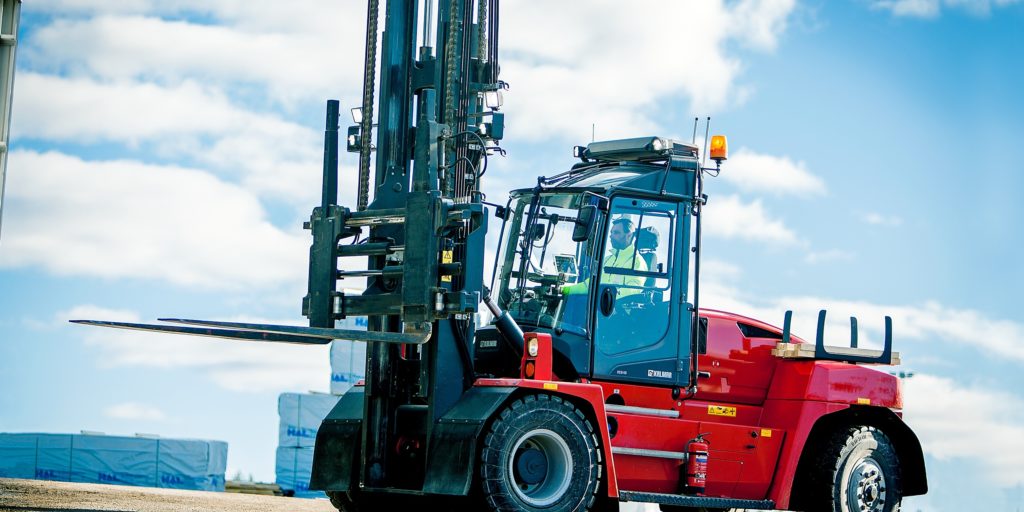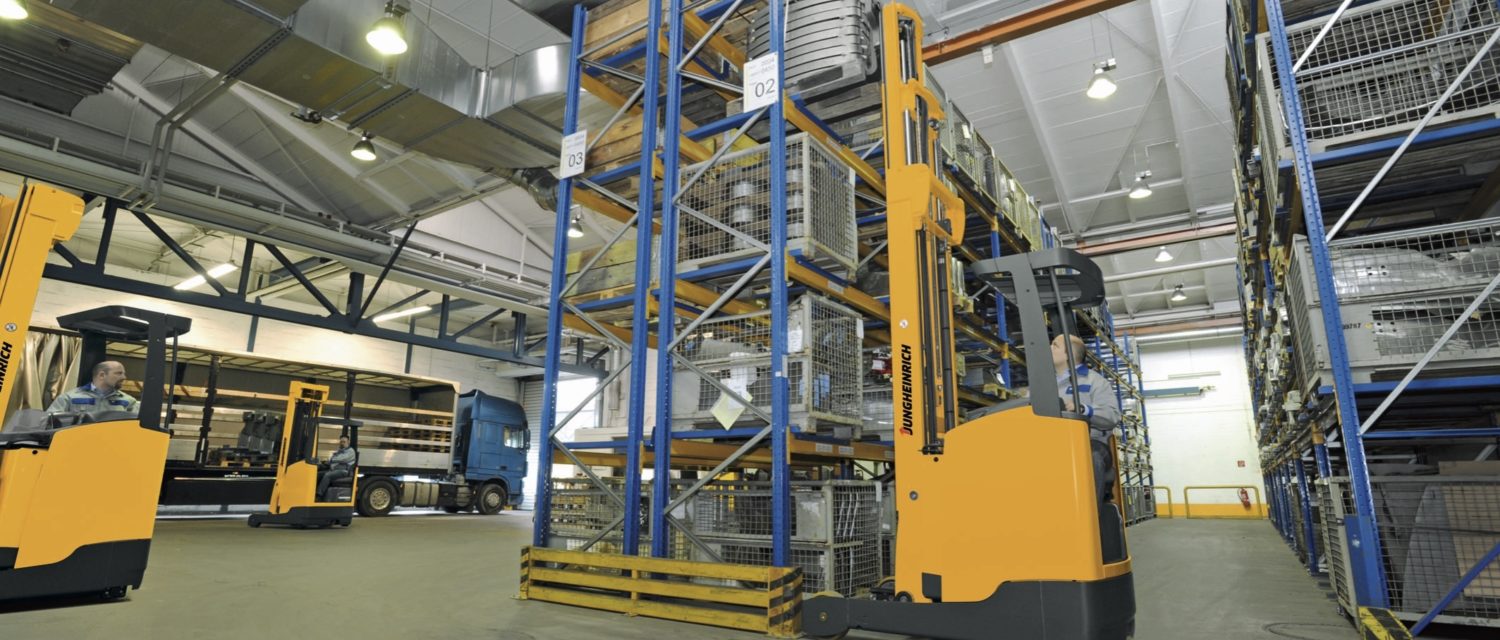When to Replace Forklift Forks

Forklifts, like any type of industrial equipment, require regular inspection and maintenance to remain in good working order. And one of the most important areas of the forklift to keep an eye on is the forks.
Because the forks take the brunt of the load, come into contact with loads first, and do not always show wear and tear when they begin to weaken, it is vital that you inspect them regularly and replace them as soon as any problems arise. In fact, legally, you must conduct an in-depth inspection of the forklift forks every year and replace them under specific circumstances.
[CUTOFF]To help you better understand when to replace your forklift forks as part of your regular forklift maintenance and repair efforts, here are 5 situations that require new forks.
1. Replace forks in the event of obvious gouges and cracks.
One of the most easily spotted problems with forklift forks is the presence of gouges and cracks along the shank, heel, or blade of the fork. These problems indicate that the forks are weakened and, therefore, more likely to break. An in-depth inspection of the machine by a forklift service provider may also occasionally identify cracks that are difficult to see with the naked eye.
Cracks can be the result of normal wear and tear, or they can occur as part of an accident or collision in the warehouse. Regardless of their cause, any cracks you can see with the naked eye or identify through a crack detection process should immediately result in the replacement of the forks by a qualified forklift service provider.
2. Purchase new forks whenever there are obvious signs of wear and tear.
Part of the forklift maintenance you should perform every day is a visual inspection of the forklift, including the forks. During these inspections, you may notice obvious signs of wear and tear. For example, if the forks are deformed, if they are deeply scratched or gouged, or if they look as if they have been crushed in any way, they should immediately be replaced. In particular, examine the fork tips for wear and tear, since this is where the first signs of trouble often appear.
Similarly, if a forklift operator notices any damage or wear and tear to the forks during use, the forklift should be immediately be removed from service. And, if you have any doubts about whether the wear and tear is excessive or can be repaired, consult a forklift service provider before placing the machine back into service. Most of the time, wear and tear that has become visible to the naked eye will require replacement of the forks.
3. Install new forks when the forks are too thin.
Forklifts are made for heavy usage. However, over time, even the toughest steel and the most well constructed machine will begin to wear down. One of the most common types of wear on forklift forks is a thinning of the fork. Legally, you must replace any forks that are worn to 90 percent or less of their original thickness.
A loss of 10 percent thickness may not seem like very much (and may only be noticeable with the use of calipers and the help of a forklift service provider), but it can reduce the machine’s load bearing capacity by 20 percent. To prevent potentially serious accidents, you need to put new forks on when they become too thin.
4. Replace forks when the height difference between the forks is too great.
The ideal set of forklift forks will be perfectly even, with both forks at the same height. Over time, however, these forks can become bent or altered so that they are no longer even with each other. At this point, regular forklift preventive maintenance should catch the change in height of each fork.
When the height difference between the forks exceeds 3 percent of the length of the blade, the forks will need to be replaced. This means that for 36 inch long blades, there can be a height difference of no more than 1.08 inches between the blades. A qualified forklift service provider can help you to accurately measure the height differences and recommend replacement when this 3 percent threshold is crossed.
5. Replace forks when they are bent.
Just as forklift forks gradually change in their relative heights, so they can also begin to bend away from their originally straight positions. Any bending that exceeds .5 percent the length of the blade requires replacement of the forks. This means that for a 36 inch long blade, there should be a bend of no more than .18 inches.
Similarly, the angle of the blade should ideally be at 90 degrees. As with bending of the fork itself, a slight deviation from a 90-degree angle is acceptable. However, if the angle is 3 degrees or more off in either direction, the forks must be replaced. A qualified forklift service provider can help you to measure these angles and determine when it is time to get new forks.
If you need help with forklift maintenance and repair, have questions about when to replace your forks, or want help with complying with regulations and keeping your machines in top working order, consider Darr Equipment. We offer comprehensive maintenance and repair packages and provide access to high quality parts and experienced professionals who can keep your forklift forks, and your forklift as a whole, working smoothly for many years.
